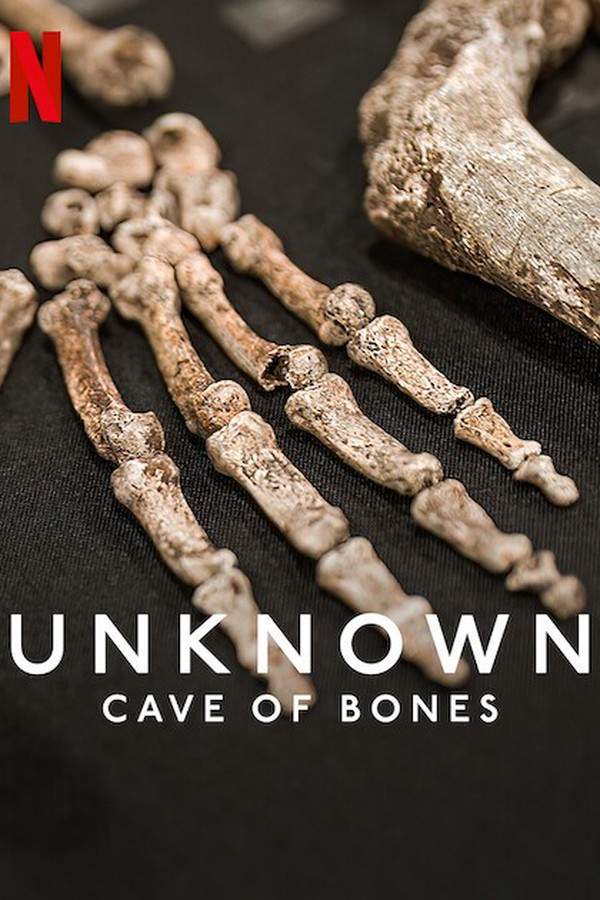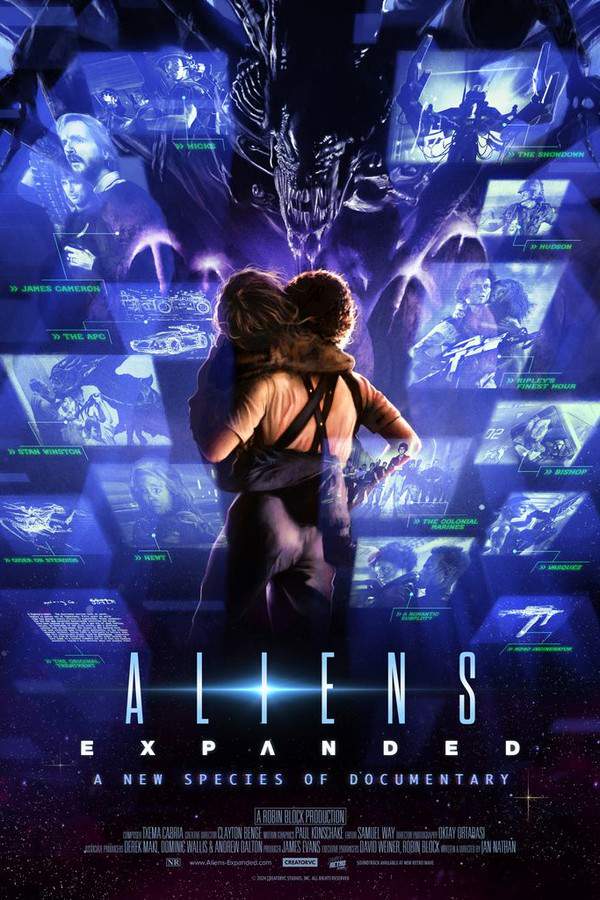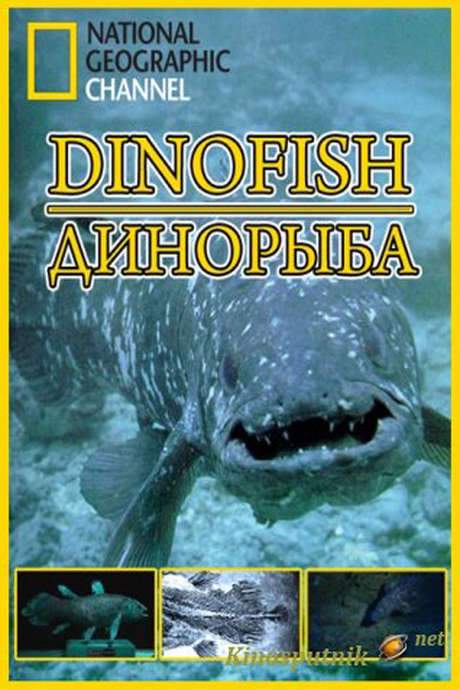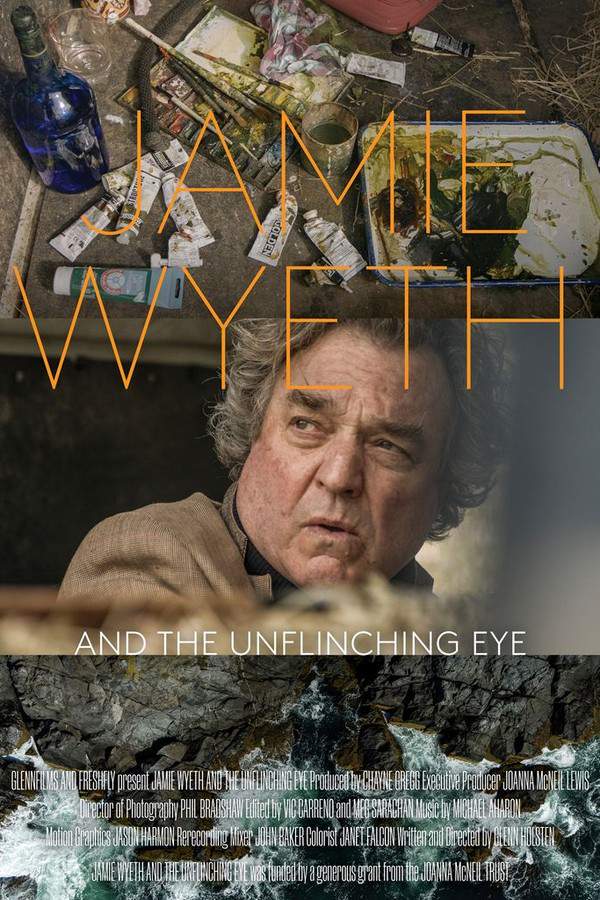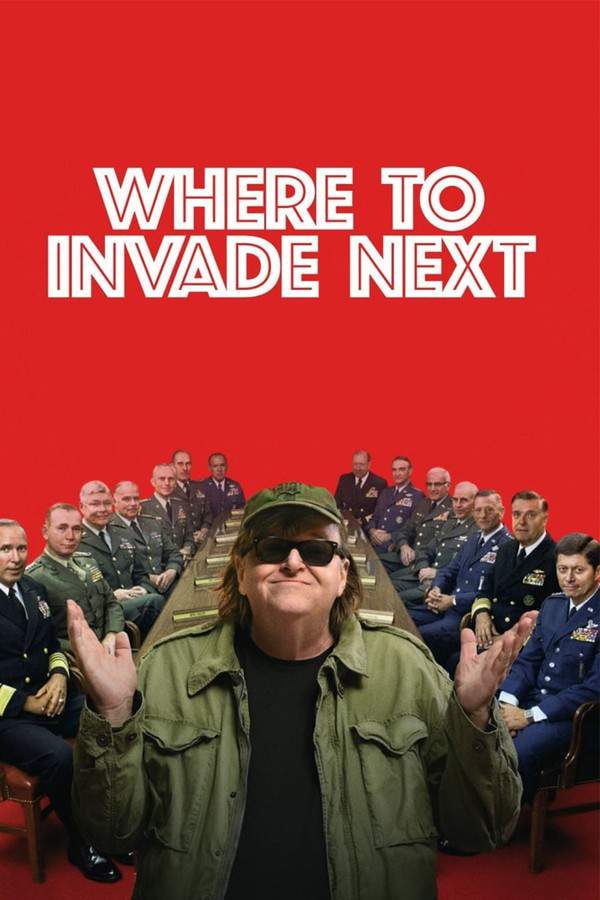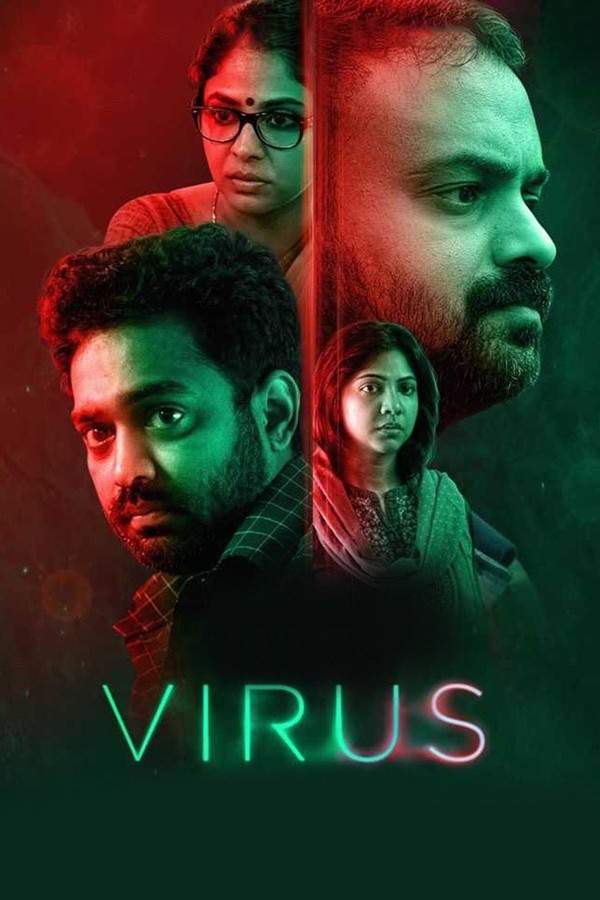
Zombies: A Living History
Year: 2011
Runtime: 94 mins
Language: English
Director: David V. Nicholson
The film explores the deep roots of the zombie myth, showing that every culture has spawned its own version long before modern cinema. It examines historical illnesses that produced zombie‑like behavior and asks whether such outbreaks could ever be real. By confronting the idea of facing not a single undead creature but massive hordes, it challenges viewers to consider how humanity might survive such a scenario.
Warning: spoilers below!
Haven’t seen Zombies: A Living History yet? This summary contains major spoilers. Bookmark the page, watch the movie, and come back for the full breakdown. If you're ready, scroll on and relive the story!
Zombies: A Living History (2011) – Full Plot Summary & Ending Explained
Read the complete plot breakdown of Zombies: A Living History (2011), including all key story events, major twists, and the ending explained in detail. Discover what really happened—and what it all means.
Self Rebekah McKendry guides this provocative, accessible exploration of zombies, inviting viewers to consider a question that pops up across cultures and centuries: could the living dead ever become real? The film frames the topic in a calm, curious tone, balancing science, folklore, and pop culture to map out what zombies represent beyond the horror on screen. Narration by Peter Outerbridge threads the discussion together, while Max Brooks and Steven Schlozman contribute expert perspectives as themselves, grounding wild ideas in historical context and modern science. The result is a long, thoughtful journey that stays focused on the core questions: what makes the zombie concept endure, and what would it take to survive if such a threat ever appeared?
The film starts by separating myth from prophecy, suggesting that real-world science can produce behaviors that resemble a zombie outbreak. It emphasizes a stark reality: in a true scenario, you wouldn’t face a single creature, but countless bodies moving as a collective force. The discussion treats death as humanity’s deepest fear, then asks what it would mean if the dead could return—hungry, relentless, and difficult to control.
Across time and cultures, the undead show up in many forms. The documentary surveys a wide map of legends and beliefs to show how the idea has evolved:
-
In the epic tales and myths of ancient civilizations, the concept of the dead returning to torment the living appears in many guises.
-
In the 1960s and afterward, George Romero’s Night of the Living Dead is recognized as a watershed moment that popularized modern zombies, yet the film is not said to have invented the undead—far older mythologies and fearsome legends long predate it.
-
The film traces parallel traditions: in Haiti, the word zombie stems from voodoo belief; in China, the Jiang Shi represents the living dead; in Arabia, the Ghoul appears as a dark, immoral force; in Norse and English folklore, creatures and revenants echo the same fear of the dead returning.
The program also walks through a broad historical arc to illuminate how societies have tried to keep the dead from returning too soon. It surveys old protective rites and techniques—burial methods, restraints, and rituals—designed to prevent reanimation, from locked coffins to careful burial practices, and it notes how archaeologists have sometimes found evidence of countermeasures, such as bodies buried with stones or other measures meant to deter return.
To understand the zombie idea fully, the film connects it to broader themes of fear and survival. It notes that cannibalism and the fear of being consumed are recurring motifs in myths and legends—from ancient stories to modern urban legends—and it situates zombies within that lineage. The narrative references mythic and literary touchpoints, including Prometheus and Pandora, the Golem, and Frankenstein, to highlight how human ambition and fear of the unknown have fed into the zombie trope as a cautionary tale about playing with life and death.
As the discussion shifts toward practical survival, the film lists long-standing tools and strategies that have figured in zombie fiction and real-world contingency thinking:
-
Weapons and defenses spanning centuries, from bladed melee to improvised tools.
-
Tactics that focus on mobility, protection of resources, and preserving community.
-
The unsettling idea that, in a crisis, the real danger may be not the zombies themselves but how frightened people respond.
The documentary then considers the social and psychological dimensions of outbreaks. It frames plagues—past and present—as agents that destabilize societies and reveal human behavior under pressure. It ties historical pandemics to modern concerns, highlighting how fear can accelerate panic and how science and public health responses can shape outcomes. The piece draws a throughline from the ancient plagues that reshaped populations to contemporary concerns about new diseases and biothreats, using real-world examples of how societies have coped, or failed to cope, under pressure.
Along the way, the film anchors its exploration in famous moments of cultural anxiety, from 14th-century plagues to 20th-century outbreaks, and it notes how popular media has echoed these concerns. It points to the 2001 CDC memo on zombie preparedness as a cultural artifact that reflects ongoing interest in resilience, coordination, and the practical steps people might take to protect themselves when danger looms. The message loops back to a sobering takeaway: pandemics and emergencies test not just technologies and defenses, but the ethics, cooperation, and resolve of communities.
In the closing pages of the discussion, the film returns to the central premise: zombies are a mirror for human fears and a lens through which to study survival, cooperation, and the limits of control. The final tone is practical and humane: plan, fortify, and work together, because the threat—if it comes—may reveal more about how we act under fear than about the undead themselves. The closing line lingers with a practical nod to readiness and resolve: the journey ends with a hopeful note of preparedness—THE END and GOOD LUCK.
Last Updated: October 01, 2025 at 10:21
Explore Movie Threads
Discover curated groups of movies connected by mood, themes, and story style. Browse collections built around emotion, atmosphere, and narrative focus to easily find films that match what you feel like watching right now.
Documentaries Exploring Mythology and Fear Like Zombies: A Living History
Analytical explorations that trace the origins of our deepest cultural anxieties.If you enjoyed Zombies: A Living History, you'll find more movies like it here. This section features documentaries and analytical films that explore the historical roots of folklore, monsters, and societal anxieties, blending science and cultural history for a thought-provoking experience.
Narrative Summary
Stories in this thread are structured as investigative journeys. They typically begin with a modern concept or fear and work backwards, uncovering historical parallels, scientific explanations, and cultural variations to build a comprehensive understanding of a pervasive idea.
Why These Movies?
These movies are grouped together because they share a calm, educational tone and a fascination with deconstructing popular myths. They prioritize analytical thinking over sensationalism, offering viewers a deeper, more reflective look at the subjects they explore.
Movies About Societal Collapse Preparedness Like Zombies: A Living History
Thoughtful examinations of how humanity might endure its worst-case scenarios.Viewers who liked the survival strategy discussion in Zombies: A Living History will appreciate these movies. This selection focuses on stories that theorize about societal breakdowns in a practical, humane way, asking 'what if?' and exploring how cooperation and planning could lead to hope.
Narrative Summary
The narrative pattern involves presenting a large-scale threat and then methodically examining its potential impact on society, infrastructure, and human behavior. These stories often conclude on a pragmatic or cautiously hopeful note, emphasizing preparedness and resilience.
Why These Movies?
These films are connected by their sobering yet practical approach to disaster. They share a medium emotional weight, balancing the seriousness of the subject with a problem-solving mindset that engages the viewer's intellect more than their panic reflexes.
Unlock the Full Story of Zombies: A Living History
Don't stop at just watching — explore Zombies: A Living History in full detail. From the complete plot summary and scene-by-scene timeline to character breakdowns, thematic analysis, and a deep dive into the ending — every page helps you truly understand what Zombies: A Living History is all about. Plus, discover what's next after the movie.
Zombies: A Living History Timeline
Track the full timeline of Zombies: A Living History with every major event arranged chronologically. Perfect for decoding non-linear storytelling, flashbacks, or parallel narratives with a clear scene-by-scene breakdown.

Characters, Settings & Themes in Zombies: A Living History
Discover the characters, locations, and core themes that shape Zombies: A Living History. Get insights into symbolic elements, setting significance, and deeper narrative meaning — ideal for thematic analysis and movie breakdowns.

Zombies: A Living History Spoiler-Free Summary
Get a quick, spoiler-free overview of Zombies: A Living History that covers the main plot points and key details without revealing any major twists or spoilers. Perfect for those who want to know what to expect before diving in.

More About Zombies: A Living History
Visit What's After the Movie to explore more about Zombies: A Living History: box office results, cast and crew info, production details, post-credit scenes, and external links — all in one place for movie fans and researchers.



